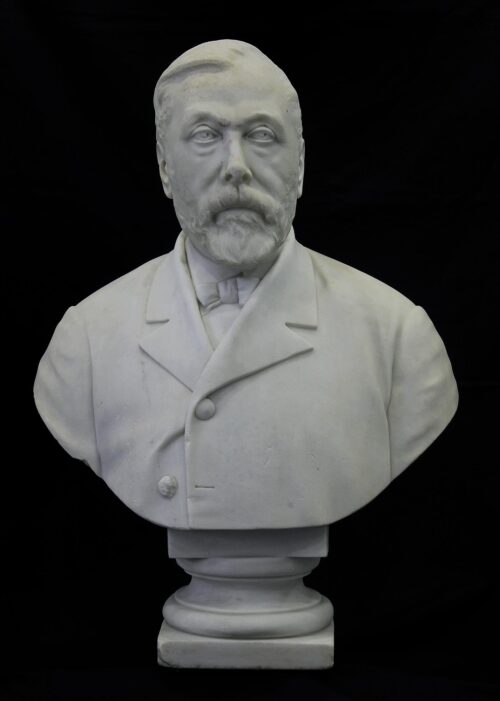
Filippotis Dimitrios (1834 - 1919)
Bust of a Man, 1895
The descendant of a great family of sculptors, he initially worked as an apprentice to his father, who was a traditional architect mason. In 1858, he was admitted to the School of Arts and graduated in 1862. His professors were first Christian Siegel (1808-1883) and then Georgios Fytalis, in whose family workshop Filippotis learned marble carving while studying at the School of Arts. In 1864, having received a scholarship from the Holy Evangelistria Foundation in Tinos, he left for Rome. He studied there until 1870, first with Emil Wolff and later with Karl Voss. In 1865, he became one of the founding members of the Society of Artists in Rome, whose main objective was to help Greek students to produce their works. Returning to Greece in 1870, he settled in Athens, where he established a studio. In 1908, he received the Saviour’s Cross and in 1915 the Medal of Arts and Letters.
His work has been shown in group exhibitions in Greece and other countries, including the Olympia exhibition in 1875, art exhibitions in the Parnassos Hall and the offices of the Dilettanti Society in Athens, and the 1878 Paris International Exhibition; in 1870, he won first prize in the arts competition of the Academy of Rome.
A prolific artist, he was called “marmarophagus” – marble-eater – by his contemporaries. His oeuvre comprises funerary monuments, busts, mythological and genre works. His education was academic, and academic art prevailed when he returned to Greece, in 1870. However, Filippotis marks a decisive departure into realistic paths, as is evident both in his selection of subject matter and the style of his works. He never abandoned neoclassicist forms, though. Classical statuary, of which he had a deep knowledge, was his model, together with the reality surrounding him, of which he was an acute observer. From classical art he preserved the faultless technical processing of marble and the nudity of bodies; for his own compositions he sought the harmony that illuminates classical art. Yet, he came a step closer to realism, capturing inner reality and movement, with a predominantly naturalistic treatment of certain details that adds a touch of life in his works.

Bust of a Man, 1895
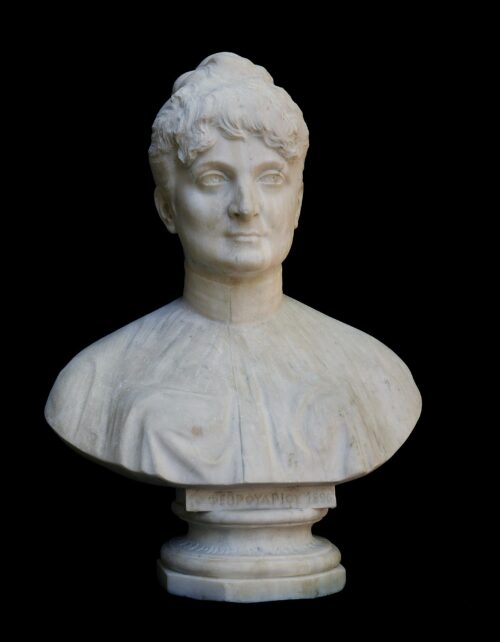
Aikaterini Konstantinidou, 1896
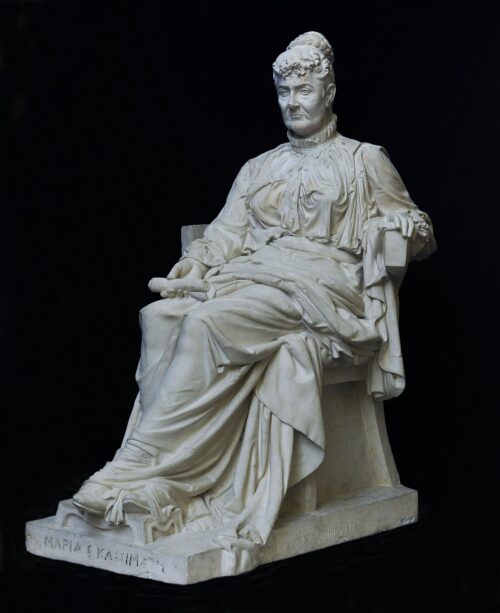
Maria S. Kassimati (plaster cast of the statue of Maria Cassimati from the tomb of Dimitrios Georgoulas in the First Cemetery of Athens), 1890
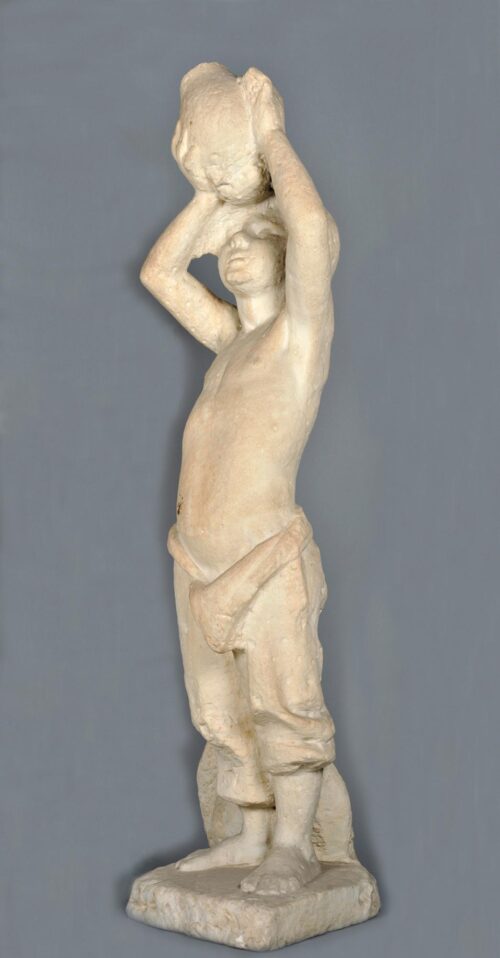
Boy with Piggy-Bank, [1888]
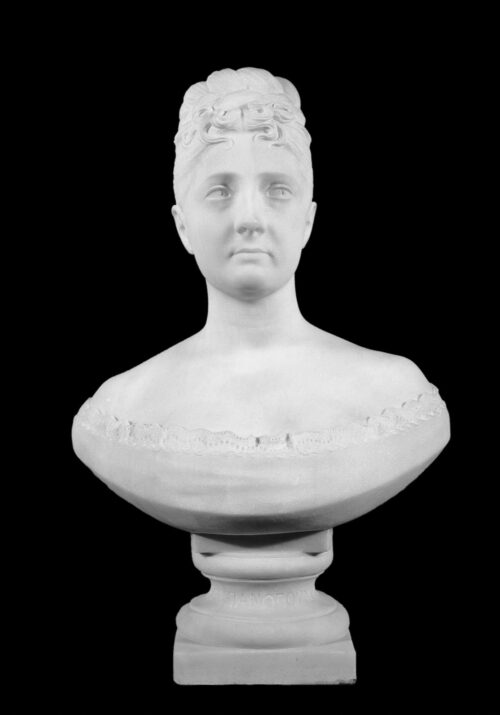
Eirene Abanopoulou, 1879
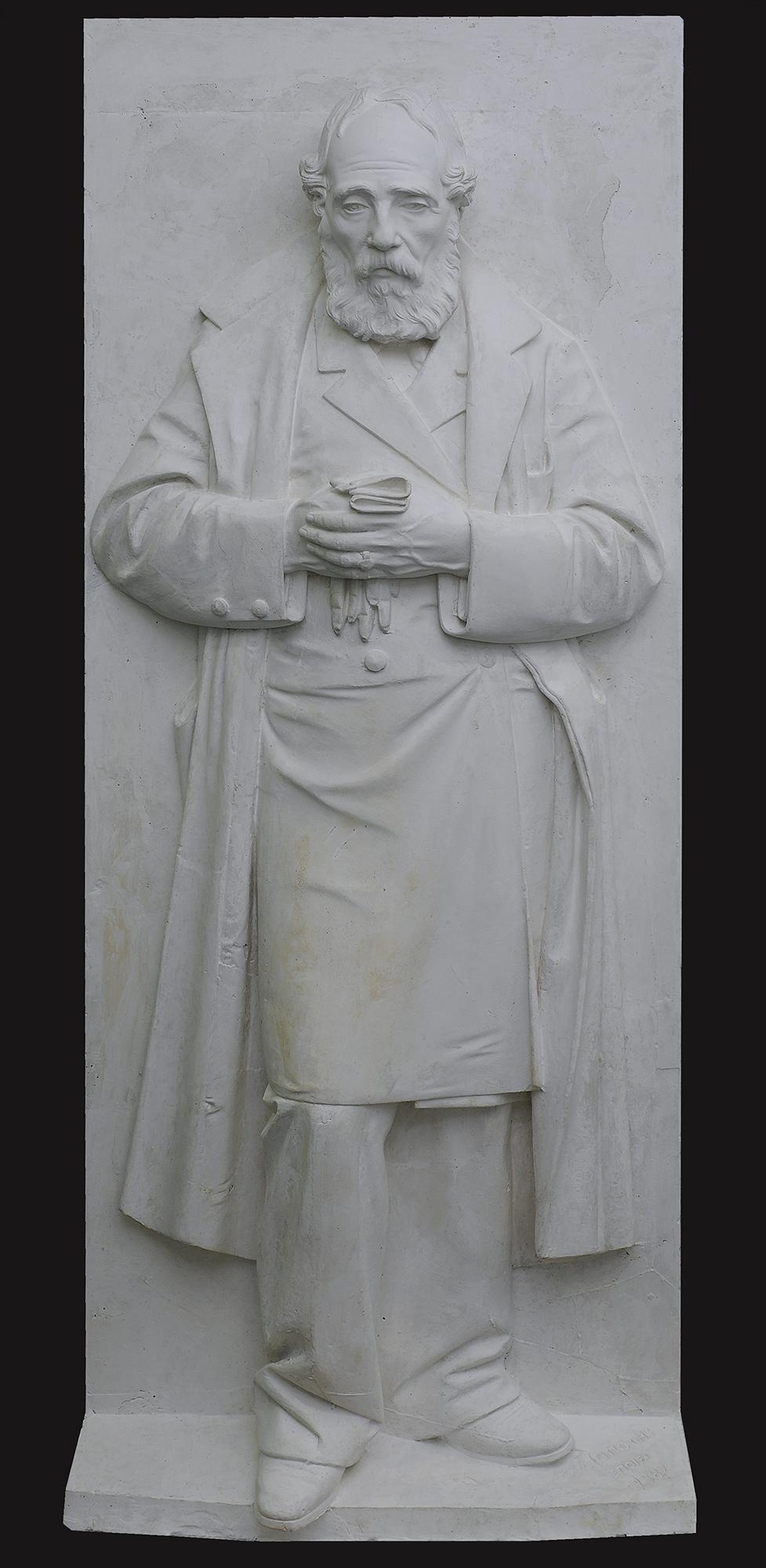
, 1882

We use cookies to make our site work properly, to personalize content and ads, to provide social media features and to analyze our traffic. We also share information about how you use our site with our social media, advertising and analytics partners. Read the Cookies Policy.
These cookies are necessary for the website to function and cannot be switched off in our systems. They are usually only set in response to actions made by you which amount to a request for services, such as setting your privacy preferences, logging in or filling in forms. You can set your browser to block or alert you about these cookies, but some parts of the site will not then work. These cookies do not store any personally identifiable information.
If you disable this cookie, we will not be able to save your preferences. This means that every time you visit this website you will need to enable or disable cookies again.
These cookies tell us about how you use the site and they help us to make it better. For example these cookies count the number of visitors to our website and see how visitors move around when they are using it. This helps us to improve the way our site works, for example, by ensuring that users find what they are looking for easily. Our website uses Google Analytics for statistics reporting.
Please enable Strictly Necessary Cookies first so that we can save your preferences!